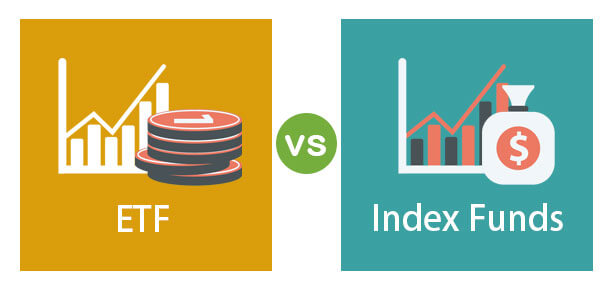Understanding the Differences: Major Index vs. ETFs – Choosing European Style Cash Settlement for Optimal Trading

When it comes to trading, it’s important to understand the distinctions between major indexes and exchange-traded funds (ETFs). Each has its unique characteristics, benefits, and considerations. In this guide, we will explore the dissimilarities between these two trading instruments, with a particular focus on the advantages of European style cash settlement over products that may result in assignments.
1. Major Indexes:
Major indexes, such as the S&P 500 or the Dow Jones Industrial Average, represent a basket of stocks that collectively provide a snapshot of the overall market. They serve as benchmarks for evaluating market performance and can be traded through various financial instruments.
– Liquidity and Diversification: Major indexes offer high liquidity and broad diversification as they include multiple stocks from different sectors. This allows traders to gain exposure to the overall market without the need to invest in individual stocks.
– Performance Tracking: Major indexes provide a reference point for investors to track the performance of specific market segments or the entire market. They are often used as indicators of market trends and sentiment.
– Trading Flexibility: Major indexes offer various trading strategies, including index futures, options, and index-based derivatives, allowing traders to implement both long and short positions based on their market outlook.
2. Exchange-Traded Funds (ETFs):
ETFs are investment funds that trade on stock exchanges, representing a portfolio of assets, such as stocks, bonds, or commodities. They are designed to track the performance of a specific index or sector.
– Broad Market Exposure: ETFs provide investors with a convenient way to gain exposure to specific sectors, industries, or asset classes. They offer diversification benefits and replicate the performance of the underlying index or asset.
– Intraday Trading: ETFs can be bought and sold throughout the trading day at market prices. This provides flexibility for traders to enter or exit positions promptly, taking advantage of short-term market movements.
– Cost Efficiency: ETFs often have lower expense ratios compared to mutual funds. They offer an efficient way to invest in a diversified portfolio, with lower transaction costs and management fees.
3. European Style Cash Settlement:
European style cash settlement is a feature primarily associated with options contracts on major indexes. When trading options with European style cash settlement, traders have the advantage of not being subject to early assignments.
– Avoiding Assignments: European style cash settlement ensures that options positions cannot be exercised or assigned before the contract’s expiration date. This eliminates the risk of being assigned on short options positions prematurely, providing traders with more control over their strategies.
– Reduced Risk: By avoiding early assignments, traders can minimize potential losses and manage risk more effectively. They have the flexibility to adjust or close out their options positions according to their trading strategies, rather than being forced to accept assignment at an inconvenient time.
Conclusion:
Understanding the differences between major indexes and ETFs is essential for making informed trading decisions. While major indexes offer broad market exposure and trading flexibility, ETFs provide convenience and cost efficiency. Additionally, opting for European style cash settlement when trading major index options allows traders to avoid premature assignments, reducing risk and providing greater control over their trading strategies.
Remember, the key to successful trading lies in thorough research, assessing individual objectives, and aligning trading strategies with the right financial instruments. By leveraging the advantages of European style cash settlement, traders can navigate the markets more effectively and increase their chances of achieving their investment goals.


